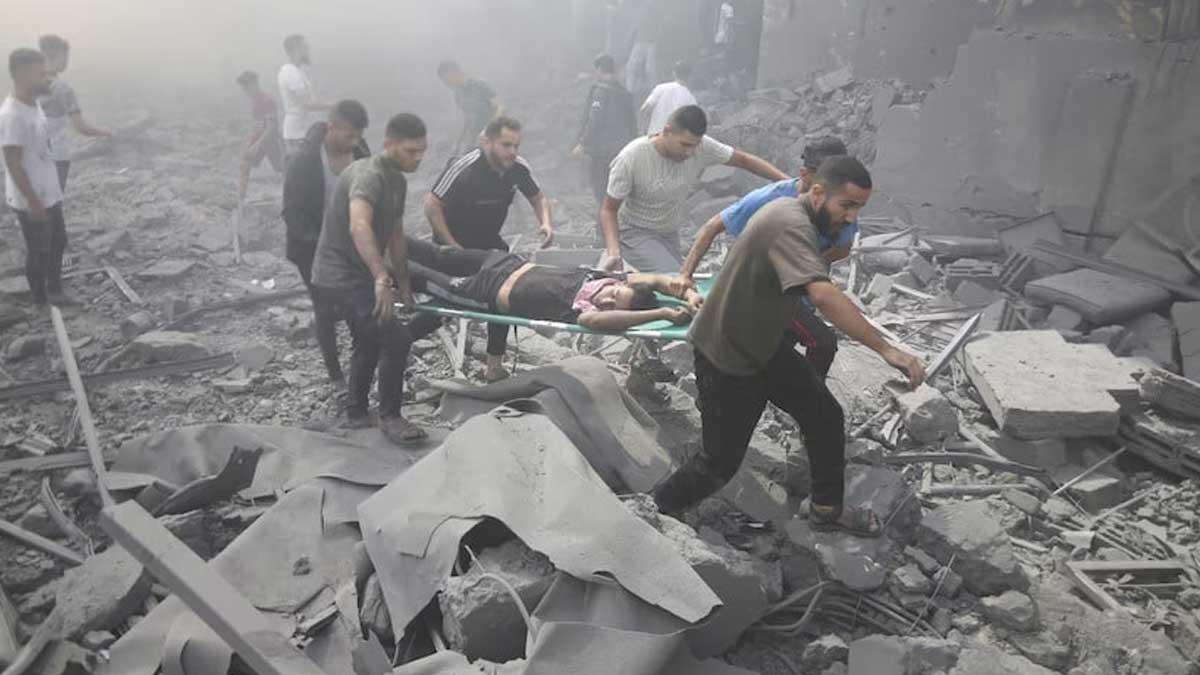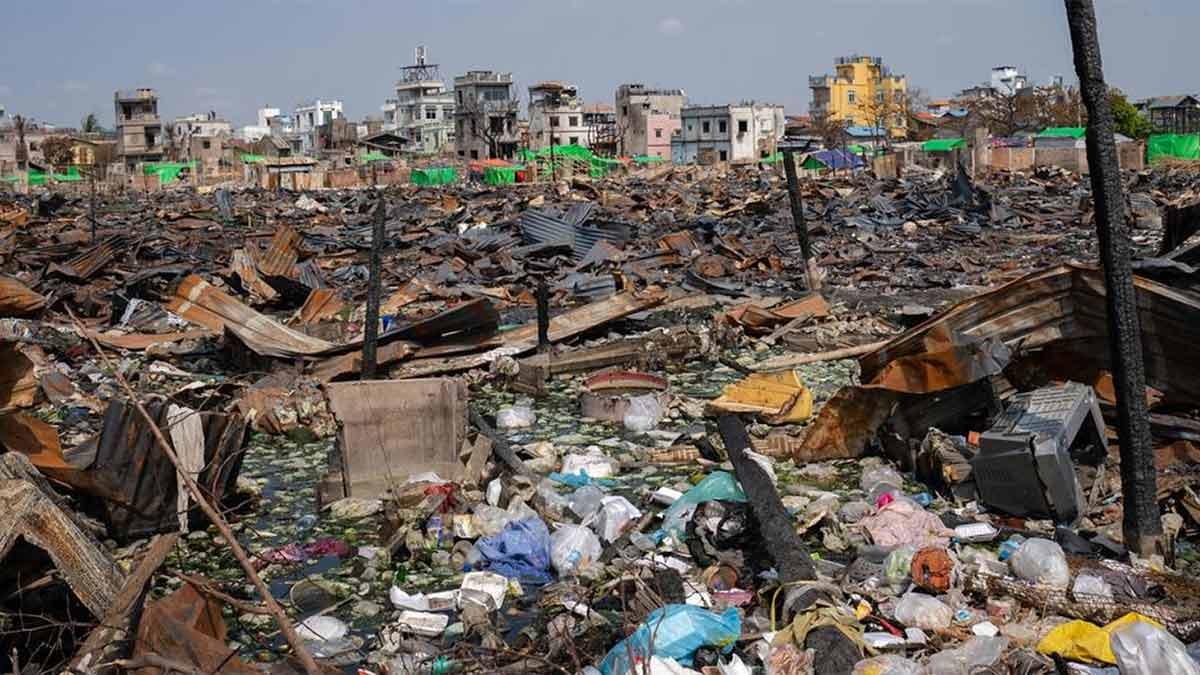Following recent evacuation orders, Gazans fled their shelters both in the north and south, the UN humanitarian officials said, fleeing so fast that some had to leave behind their belongings. For many, it is not the first time they have been displaced.
The UN Office for the Coordination of Humanitarian Affairs reported on Tuesday that an evacuation order from Israeli authorities prompted further flight from parts of Khan Younis on Monday. This was combined with a surge in hostilities in the area, according to the Xinhua news agency.
OCHA reported that an estimated 150,000 persons fled Khan Younis after evacuation warnings. The organization was concerned about the very short time span between the issuance of leaflets calling for evacuation and the start of military operations, which put civilians under very severe risks. These warnings were given an hour prior to the commencement of the hostilities, after which many left with nothing.
The escalation also left hundreds of thousands of people stranded, many of them with reduced mobility and their caregivers, within the evacuation zones, OCHA reported.
Humanitarian workers pointed out that each order for evacuation disrupts lives at a huge scale, pushing many into areas with no basic infrastructure and lack of access to vital services including shelter, health, and sanitation.
The partial evacuation areas registered on Monday included two central health posts, two medical posts, a dozen food distribution points, and eight meal points. All these units have since ceased to function, and the only one remaining in service is the community kitchen for those staying behind.
OCHA also reported security incidents, including gunfire, along parts of the Salah ad Din Road. This road is an important lifeline for humanitarian supplies, and as these locations formed part of the evacuation instructions, supplies were rerouted to the busy Coastal Road—not an ideal alternative.
The World Health Organization also reported that Nasser Hospital in Khan Younis has been overwhelmed with patients during the course of the conflict. Supplies for 10 000 patients had to be diverted to treat mass casualties.
Displacement continues from northern Gaza and Al-Bureij area of Deir al Balah amidst ongoing hostilities.
The humanitarian agencies are trying to offer health, child protection, cash assistance, and other vital supplies. However, these operations remain challenging. For example, last week, two UNICEF vehicles were hit by live ammunition near Wadi Gaza checkpoint as they were trying to reunite five children, including a baby, with their father. This was the second incident involving UNICEF vehicles in three months.
On Sunday, the UN Relief Agency for Palestinians reported another incident involving similar circumstances, with no one injured in either incident.
OCHA recalled that humanitarian workers are protected under International Humanitarian Law and shall never be a target.
Moreover, UNICEF has been able to transfer water pipes to the northern region and supply the Jabalya area. Consequently, citizens of Gaza are now surviving with only 25% of their pre-conflict water supply.
Read also | Russia Promises Severe Retaliation Over Alleged Asset 'Theft'
Read also | Kamala Harris Gains Delegate Majority as Trump Campaign Blames Her for Border Issues


















